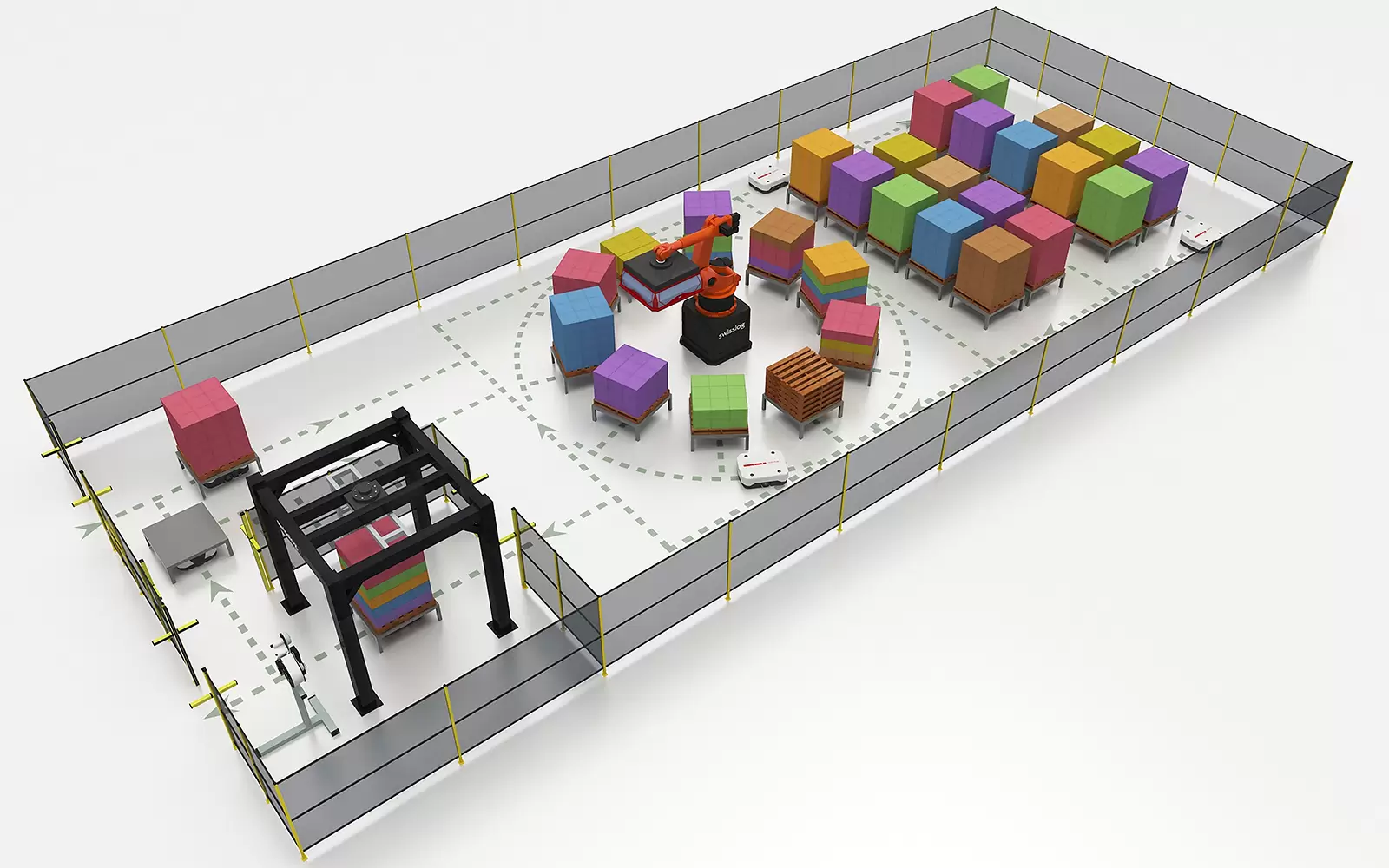In the space where incremental improvement and dramatic transformation come together, genuine innovation occurs.
Incremental improvements to organisational processes, including manufacturing systems, can often impede innovation.
How can improvement possibly get in the way of innovation? In a nutshell, incremental improvement makes the effort and cost of major transformation seem exorbitant. After all, why transform when a perfectly healthy business can instead make regular incremental improvements?
That line of thought is how leading organisations are disrupted and sometimes destroyed by innovative businesses. No matter how many small improvements were made to the Nokia feature phone, it was never going to survive the birth of the iPhone.
Some companies unwittingly erode the business case for major change by making just enough improvement to chip away at the ROI of a transformation, while more wholesale changes happen in competitors around them. The real threat is from the future, not the present situation, and is therefore less tangible for a market leader.
In Japan, where I have spent many years throughout my career, there are words to describe these types of organisational change:
- ‘Kaizen’ (change + good) means evolutionary or incremental change.
- ‘Kaikaku’ (change + transform) means revolutionary transformation.
- ‘Kakushin’ (transform + new) means innovation.
Genuine innovation is rarer than you might think. Today, almost any improvement in a company’s operations is referred to as an innovation. However, this tendency to describe incremental improvements in such lofty terms has little basis in reality. Improving one’s systems, processes, services and products might mean business is better than before, but it does not earn the label of innovation.
For an excellent definition we can look to Japanese business theory, where Kakushin is not about taking something, polishing it up and making it slightly better. Nor is it about taking an existing solution and applying it in a transformational manner to your own business.
Every now and then an opportunity occurs to take the Kakushin step, a genuinely innovative approach that solves a problem in an entirely new way. But what’s the difference between Kaikaku (transformation) and Kakushin (innovation)? The simple way of thinking about the distinction is that Kaikaku is something new to you, but Kakushin is new to everyone.
The secret: Imitation + improvement
I recently read an interview with the head of Toyota. He said Toyota became successful by copying the technology of the front runners in the industry, and then improving on it. That’s when the business came up with true innovations.
We rarely hear CEOs admitting they copy their competitors then improve on what they do. But when you think about it, that is how innovation occurs. You can’t put someone with no knowledge of an industry in a room with a pen and a piece of paper and expect them to innovate. There must be a deep awareness of the current state-of-the-art. With that knowledge, they can begin at the highest level by replicating best practice.
But that, on its own, is not innovation. Innovation comes through the act of improving on state-of-the-art. In other words, it comes when transformation and incremental improvement happen together.
Round peg, square hole: A Kakushin case study
I recently worked on a plan for a palletising system for a customer in a confined factory space. We knew it would be difficult to maintain because of space issues. It was a food environment, so if something was dropped or spilled it would be difficult to get in and around all of the conveyors to clean it up.
The more I thought about this, the more the conveyors became a problem. Perhaps if we could get rid of them, we could do something with mobile robotics and make it better.
Because of the conveyors, everything in the factory was set up in squares and rectangles. But once we got rid of the conveyors, we could lose that restriction. We could use circles and place the robot in the middle of the circle.

All I was doing was applying Kaizen principles to transformative technology. Applying those principles to the robot solution and focusing on helping the robot achieve its maximum efficiency led to an entirely new process.
It took existing technology, order-picking robots that are 10 to 20 times more cost effective than manual pickers in a 24/7 environment and combined them with automated mobile robots (AMRs), removing the need for conveyors completely.
This improvement was a new solution that reduced system cost and enhanced maintainability and cleanliness. It also supported resilience; if one of the AMRs went offline, the others could keep working.
By arranging the pallets in a circle around the robot instead of the square conveyor arrangement, in some applications more products could fit, and more orders could be picked at one time, reducing downtime and improving performance.
What does this mean for engineers?
The power of combining Kaizen and Kaikaku to realise true innovation translates to every industry and every profession.
It’s about being able to look critically at your own work, your processes, systems and beliefs. It is dangerous to assume that state-of-the-art is the best that can be done – that’s what Nokia thought.
We as engineers need to be brave and honest enough to be able to stand back and look at our work and ask, how could this be better? What constraints can we remove and what will it mean if we do?
Of course, the solution still has to be cost-effective, but often for true innovation we’re simply personalising a known solution for our clients’ needs, rather than inventing an entirely new process or system. We’re removing something before adding something better. We’re making the entire offering more efficient and cost-effective.
Then all you need is a client willing to take the leap. That’s not as rare as it once was, as organisations are beginning to realise that if they’re not constantly innovating, they’ll be leapfrogged and left behind.